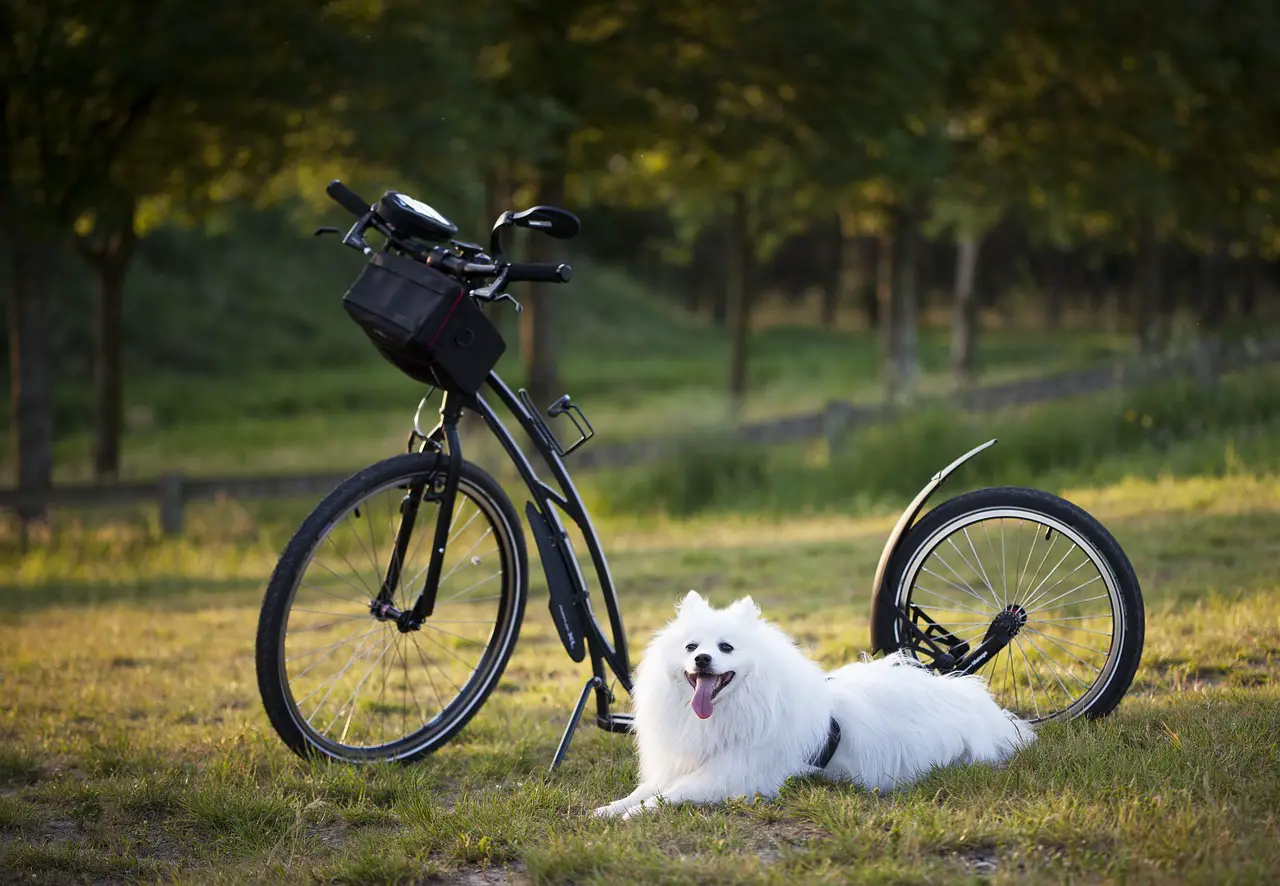How To Wrap A Bicycle? Step By Step Guide
When it comes to transporting bicycles, ensuring their safety is of utmost importance. There are several ways to protect your beloved two-wheeler during transportation. Firstly, invest in a sturdy bike rack or carrier that securely holds your bicycle in place. This will prevent any unnecessary movement or damage during transit. Additionally, consider using padding or foam to protect the frame and delicate components from scratches or impacts. It is also crucial to remove any detachable parts, such as the pedals or front wheel, and securely store them to avoid potential damage. Lastly, always double-check that your bicycle is tightly fastened to the vehicle or trailer, using straps or bungee cords, to prevent it from shifting or falling off during transportation. By following these precautions, you can ensure a safe and worry-free journey for your bicycle.
Protect your bicycle with proper wrapping
Wrapping a bicycle is a great way to protect it during transportation or storage. Whether you’re moving your bike to a new location or putting it away for the winter, proper wrapping will ensure it stays safe and damage-free. Here are some helpful steps to help you wrap your bicycle effectively.
How much is a wrapping foil?
When it comes to personalizing and protecting your bicycle, wrapping foils have become a popular choice among cycling enthusiasts. The cost of a wrapping foil for a bicycle can vary depending on various factors such as the brand, quality, and design. Generally, you can find wrapping foils ranging from around $10 to $50 or more. The price may also differ based on the size of the foil required to cover your bike adequately. While some may prefer a simple and affordable option, others might opt for higher-end foils with unique patterns or specialized features. Ultimately, the price of a wrapping foil for a bicycle is subjective and depends on individual preferences and budget.
Proper Bike Disassembly and Protection
To start, remove any detachable parts, such as the pedals or handlebars, and wrap them individually. This will prevent any potential damage they could cause to the frame during transit. Use padding or old rags to protect these parts, securing them with tape or zip ties. Additionally, make sure to release the air from the tires slightly to reduce pressure and avoid any unnecessary stress on them during wrapping.

Protect Bicycle Frame with Foam and Wrap
Next, protect the frame of the bicycle. Begin by covering any exposed areas of the bike with foam or towels. This will help safeguard the frame from scratches or dents. Use plastic wrap or bubble wrap to tightly cover the entire bicycle, ensuring that it adheres to the frame. Pay attention to vulnerable areas, such as the derailleur or brakes, and add extra padding around them for added protection.
Protecting Wheels for Safe Transport
Once the frame is secured, focus on the wheels. Partially deflate the tires and place a piece of cardboard or foam between the rotors or brake pads to prevent them from rubbing. You can then wrap the wheels with bubble wrap or use cardboard edge protectors, securing them with tape or zip ties. This will keep the wheels safe from any potential impacts during transport and help maintain their shape.
About me
I got my first bicycle when I was 3 years old. 10x years later I still love to cycle! In the meantime, I also developed an absolute obsession with motorbikes! I write about my hobbies and lifestyle on this blog.








